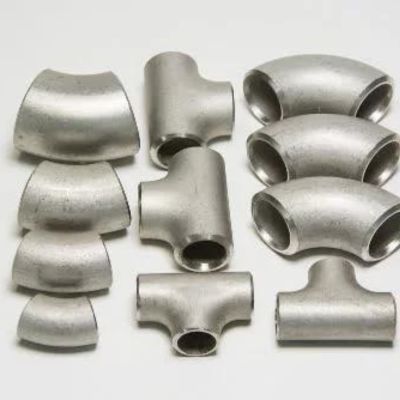
Numerous sectors, encompassing manufacturing, shipping, and construction, necessitate lifting heavy objects, a task that needs to be more straightforward. Material handling in these industries poses significant risks, ranging from musculoskeletal disorders for workers to the potential hazard of objects falling. Beyond the immediate health implications, workplace accidents can also shadow employee morale, tarnish a company's reputation, and impede overall productivity.
This blog will go through tips for handling pipe lifting and lowering equipment. Let's get to it.
Build a comprehensive material handling policy
The foundation of a secure material handling environment rests upon establishing meticulously crafted policies and procedures. This collaborative effort should involve all members of your organization, including top-level management, to ensure a holistic approach to safety.
These policies must encompass several key elements, from general safety precautions to detailed instructions for properly using industrial lifting equipment. An essential component should also be an action plan for addressing emergencies. Moreover, your policies should address unsafe lifting and rigging practices, including the inadequate maintenance of lifting tools, the use of damaged storage facilities, and excessive reliance on manual lifting techniques.
Train your staff
The cornerstone of a safe workplace is an ongoing commitment to training your employees. This training is essential for equipping your workforce with the skills to handle loads and lift equipment correctly. Beyond the immediate safety benefits, it also optimized resource utilization, thus maintaining high productivity levels.
For instance, proper posture during heavy load lifting is critical to prevent fatigue and back injuries. Ensuring that employees maintain correct posture may appear to be a minor detail, but incorporating it into your safety training manuals and modules can yield significant advantages.
Ensure to use suitable equipment
When utilizing lifting equipment, verifying its suitability for the intended task is imperative. As you may be aware, each piece of equipment is accompanied by crucial specifications, including the working load limit (WLL). It is essential to adhere to and never exceed it when lifting a load. It is also paramount to ensure that the equipment is equipped with the necessary safety devices as a fundamental precautionary measure.
Plan all lifting operations
Enhancing safety and productivity significantly hinges on the meticulous planning of each lifting operation, regardless of its scale. Whether it involves loading a truck with a forklift or a more complex lifting endeavour, thorough planning is paramount. In cases involving intricate lifting operations, it is imperative to formulate a comprehensive written plan.
Such plans typically involve,
● Lifting heavy or irregularly shaped loads.
● Lifting loads within hazardous or demanding environments.
● Lifting objects under unusual or exceptional circumstances.
In Conclusion
Depending on the nature and scale of your project and the specific equipment in use, it may be necessary to implement additional safety measures. Should you require industrial lifting equipment and rigging accessories, don't hesitate to contact a trusted pipe equipment manufacturer such as Aaspee Machinery.
























